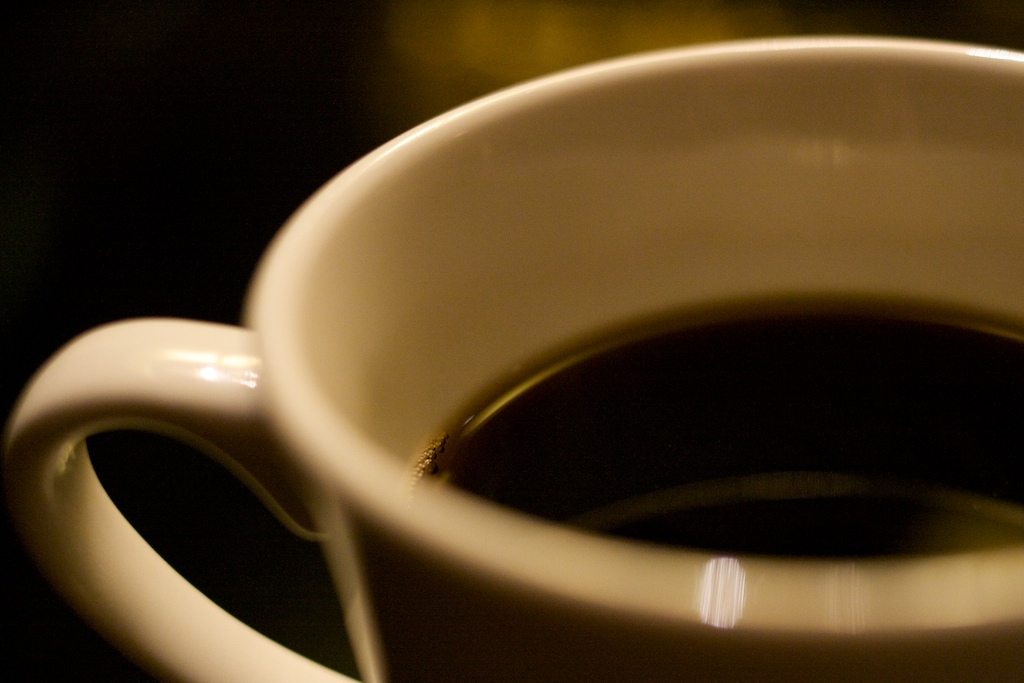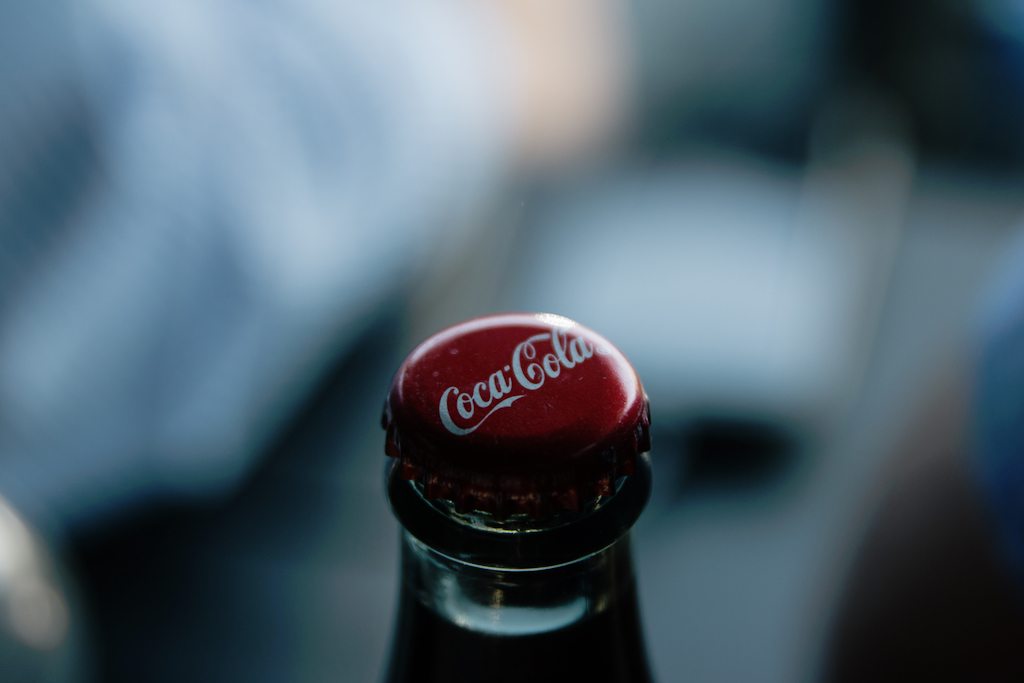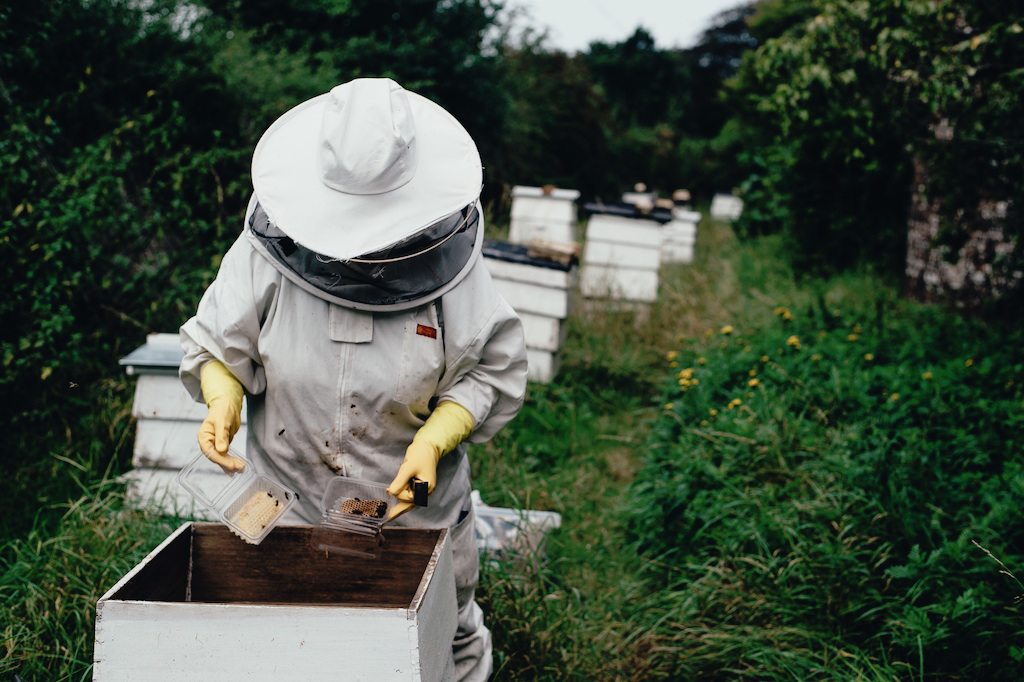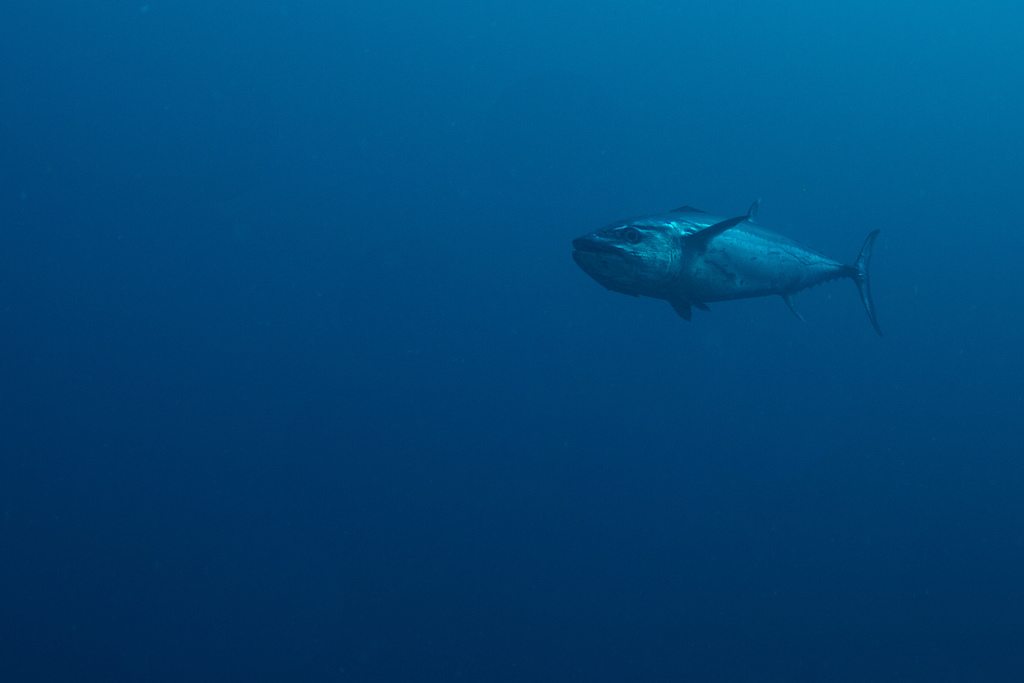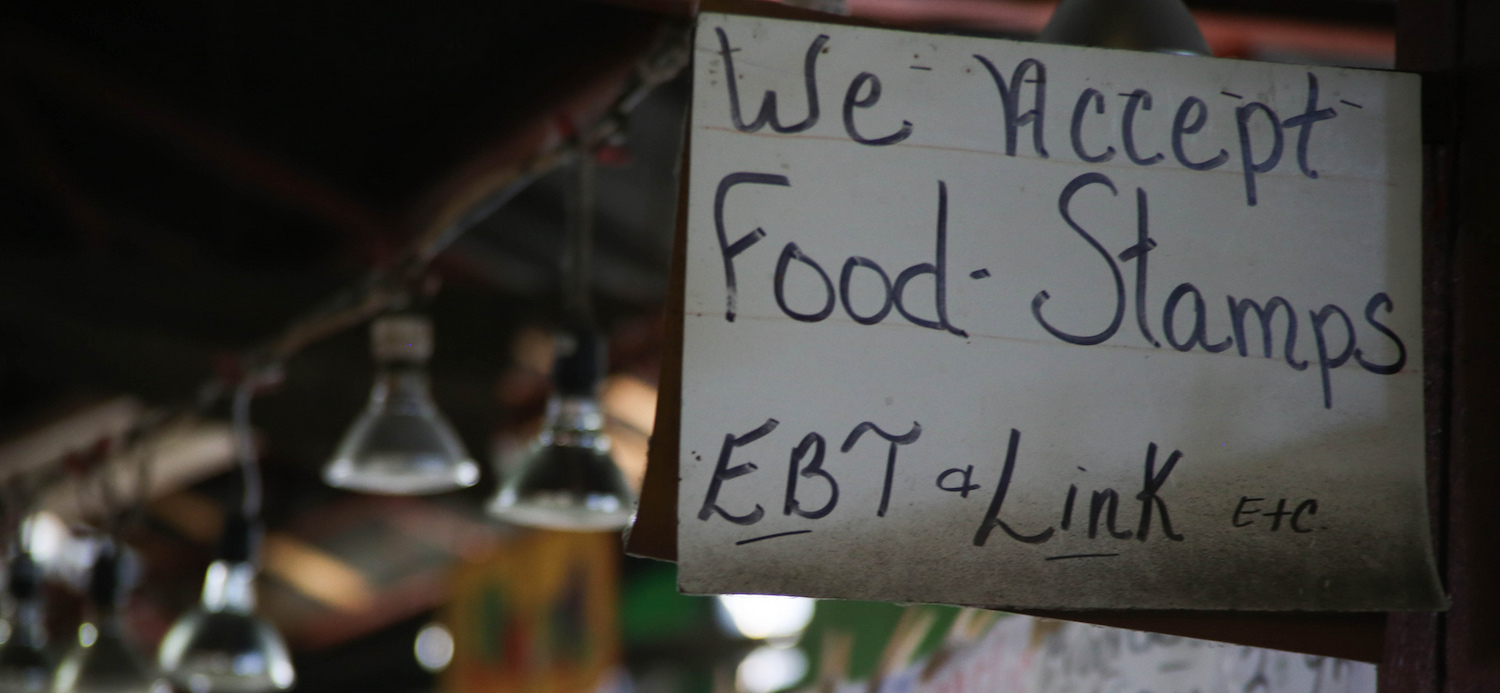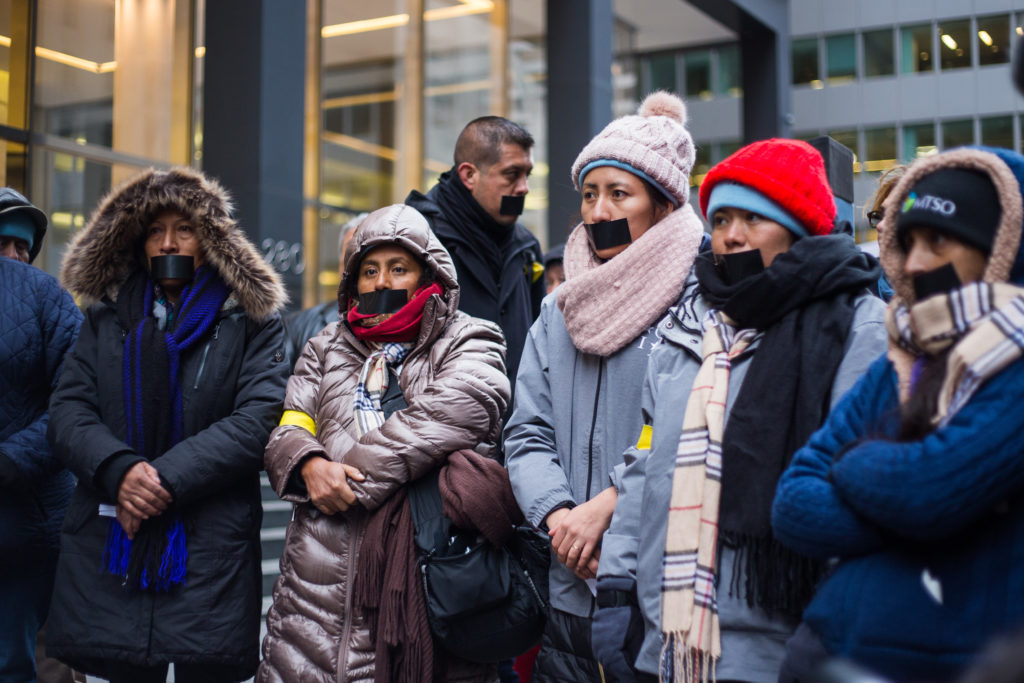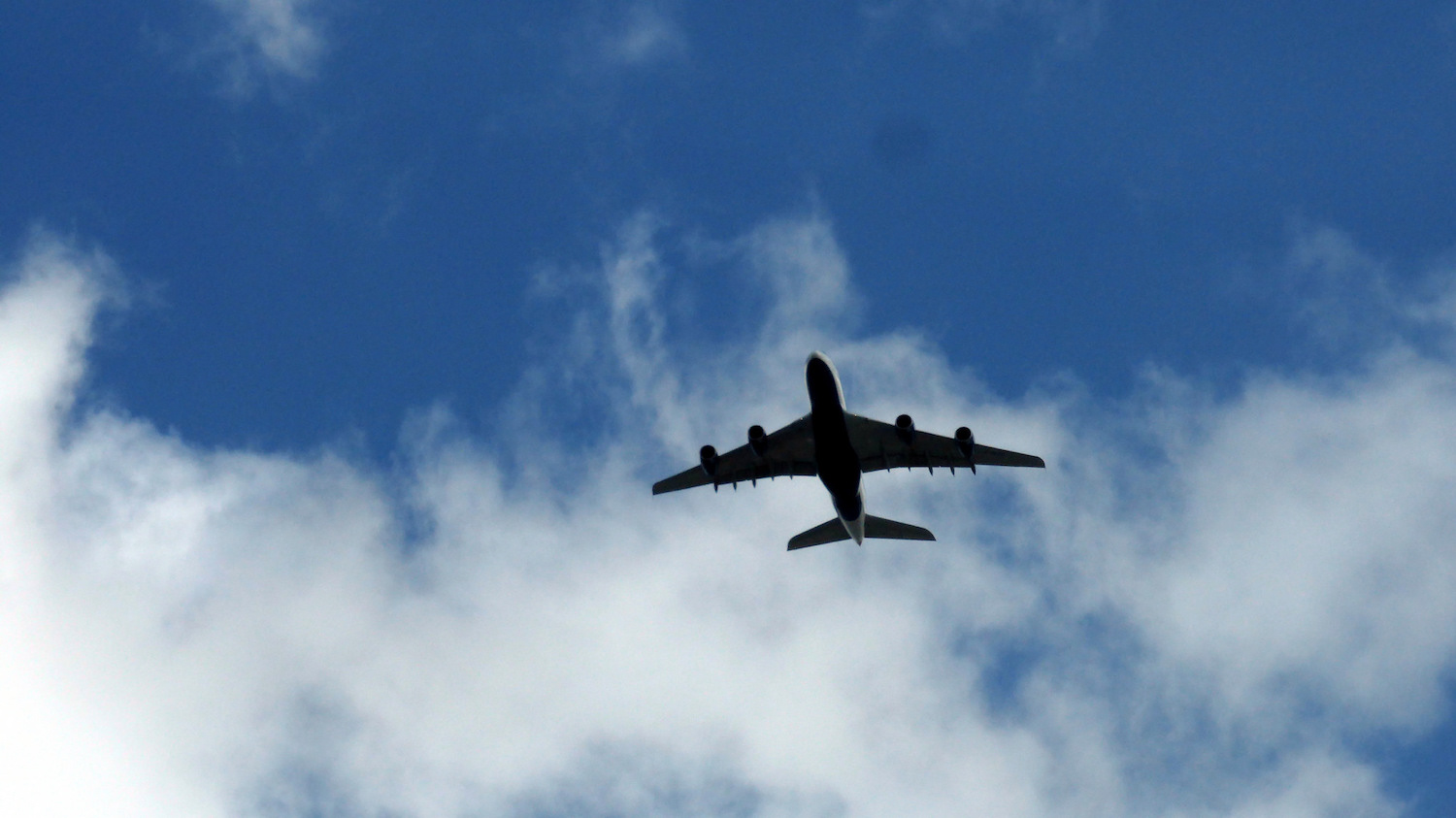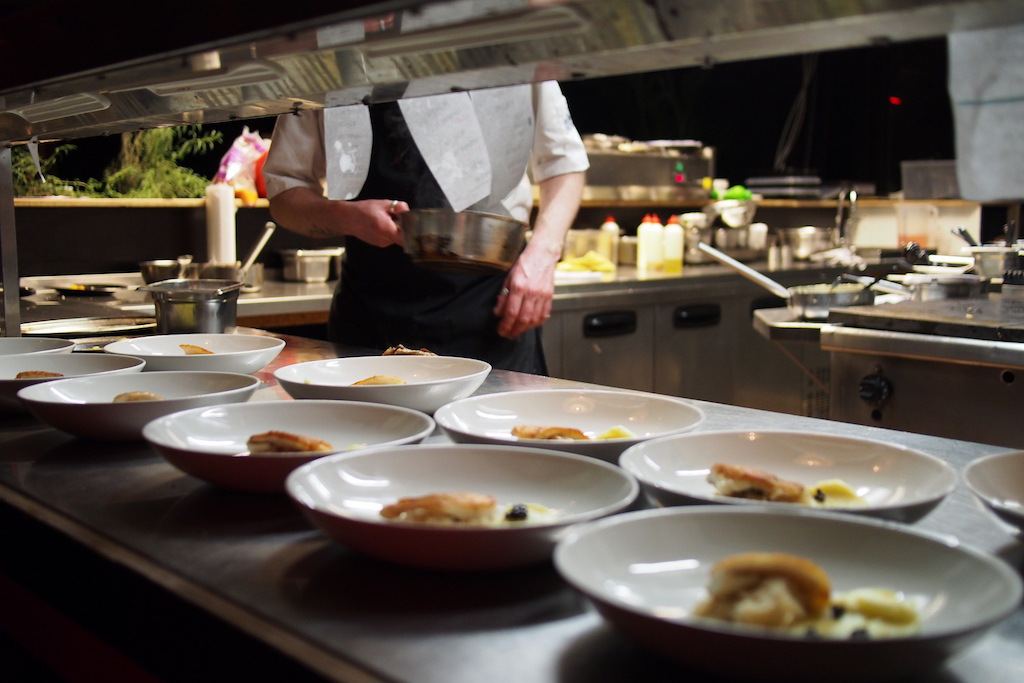Update, 5:02 p.m., EST: Last week, Los Angeles County Superior Court Judge Elihu M. Berle issued a preliminary ruling that California companies will have to add a warning label to coffee because it contains the chemical acrylamide. The substance, which is produced when coffee is roasted, is one of 65 chemicals included in the state’s Proposition 65 law that requires businesses to warn consumers when they may be exposed to a cancer-causing substance.
Here, our columnist Patrick Clinton tells you what you really need to know about acrylamide.
Ah, coffee. It wakes you up. It warms your innards. And if recent science is right, it boosts your metabolism, decreases your risk of Alzheimer’s and Parkinson’s diseases, helps you fend off diabetes, and improves your life expectancy. One thing it doesn’t do, though, is cause cancer, something researchers believed back in the 90s. (Let’s be precise: Very hot beverages—drinks in the rage of 160 degrees—are still thought to cause cancer. Coffee at normal drinking temperature doesn’t.)
So here’s a thought experiment. If you were in charge of food safety labeling, say, in the great state of California, what would you be sure to include in your labeling for coffee?
Right you are. You’d demand that every cup of coffee come with a warning that it probably causes cancer.
Unfortunately, I’m not making this up. Just ask the 70 or so coffee manufacturers and grocers, including Starbucks, Whole Foods Market, Costco, and Trader Joe’s, who are currently on trial in California to determine whether they’re all in violation of the state’s controversial Safe Drinking Water and Toxic Enforcement Act of 1986, better known as Proposition 65, which requires manufacturers to attach warnings to products containing any of the 800 or so chemicals on the state’s list of substances that cause cancer or reproductive disorders (we reported on the latest addition to that list, glyphosate, in July).
The reporting on the trial so far has been skimpy, but early stories seem to suggest that it will hang on technical matters, and the coffeemakers could quite possibly lose and face astronomical penalties—up to $2,500 per day for each violation, with some folks arguing that each individual cup of coffee served since 2002 could count as separate offenses.
Wait! Why don’t Starbucks et al simply point to the evidence that coffee doesn’t cause cancer? They’ve tried to use that argument to get the suit thrown out, at least twice since the suit was originally filed in 2010. And the judge turned them down both times. It seems that . . .
But wait. We’re getting ahead of ourselves. First let’s talk about the chemical in coffee that’s behind the suit: acrylamide.

Campbell, California-based Barefoot Coffee Roasters posts a Prop. 65 acrylamide warning on its website
Acrylamide is a chemical used mainly to produce polyacrylamide, a substance used in water purification, construction, and other industrial uses. It’s nasty stuff, long known to cause neurological damage, mutations, and cancer in workers exposed to it on the job. But no one ever worried about it in food, because no one knew it was in food until about two decades ago.
Here’s what happened, according to Journal of the National Cancer Institute: In 1997, A railroad tunnel under a river in Sweden was undergoing repairs. The job wasn’t going well—water kept seeping in—and the contractor dealt with it using an acrylamide-based sealant called Rhoca-Gil. The sealant (since banned) was supposed to set but didn’t, and acrylamide was released into ground and surface water, where it killed fish and paralyzed some cattle.
In 2000, Margareta Törnqvist of the Department of Environmental Chemistry at Stockholm University was called in to examine the tunnel workers’ exposure to acrylamide and discovered something surprising: unexpectedly high levels of acrylamide in blood samples from a control group of subjects who had never been exposed to the chemical through their jobs. Eventually she identified the source: food, especially fried and baked foods like french fries, potato chips, cereal, and bread. Acrylamide hadn’t been added to the food. Instead, it was created by the interaction of an amino acid and a carbohydrate during the Maillard reaction—the chemical process during high-temperature cooking that gives fried and baked foods their brown color and brings out a range of flavors (the meat-like taste and sear on a vegan Impossible Foods burger is caused by the same reaction).
In 2002, A group of officials at Sweden’s National Food Administration saw Törnqvist’s data and conducted their own analysis, which confirmed her findings. They then released the results in a press conference, setting off a predictable controversy over whether their findings had been peer-reviewed. The World Health Organization (WHO), which has never been known for shrugging off potential risks, no matter how small, seemed particularly alarmed. And small wonder: Its recommended maximum exposure to acrylamide in drinking water was just a single microgram per liter. And according to the American Council on Science, you’d get that amount in a few crumbs of burnt toast. One-fifteenth of a potato chip, one-eighth of a french fry, one-eighth of an asparagus spear, or a sip of coffee.
That same year, a California outfit called the Council for Education and Research on Toxics (CERT) launched its first Prop. 65 lawsuit against McDonald’s and Burger King; the burger giants eventually settled, agreeing to put warnings on their fries, pay civil penalties to the state and to CERT, and to pay attorney’s fees to CERT’s lawyer, Raphael Metzger. Metzger promptly launched a similar suit against potato chip manufacturers with similar results.
(Why have you never heard of CERT, by the way? They don’t really do much besides sue large companies. Here’s a California lawyer’s skeptical take.)
But here’s the hitch: Margareta Törnqvist may have proven that there was potentially carcinogenic acrylamide in food. But she didn’t prove that food containing acrylamide actually causes cancer. And when researchers got to testing that, the results weren’t at all clear. There have been five major prospective studies of acrylamide and cancer in humans. Most of them have problems—low statistical power, confusion over whether acrylamide detected in the blood is from food or, for example, smoking. Taken as a whole, they just don’t answer the question one way or the other.

A brief statement about acrylamide appears in the Frequently Asked Questions section of the McDonald’s website
On the other hand, it seems to be pretty well established that coffee—even though it contains acrylamide—doesn’t cause cancer. Which brings us back to the question we were asking before: Why can’t Starbucks and its co-defendants just argue that their product—acrylamide notwithstanding—has been shown not to cause cancer?
It turns out it’s not as simple as that. Lawyer John Shaffery explained it this way: “Defendants argued that a Prop 65 compliant warning was unnecessary because studies show that consumption of coffee does not increase the risk of cancer. According to the Court defendants presented evidence of an assessment of the mixture of coffee rather than an assessment of the acrylamide in the coffee. Because coffee itself is not a substance known to the State of California to cause cancer, defendants assessment was insufficient to satisfy the statutory requirement of determining the level of risk of cancer from exposure to acrylamide, the chemical known to the State of California to cause cancer, in the coffee. Accordingly, the trial court rejected defendants’ affirmative defense, ruling much of the defendants’ risk assessment lacked scientific support and that defendants had not established a degree of risk under a ‘quantitative risk assessment;’ which is ‘the only type of risk assessment utilized by the relevant scientific community to assess the risk of a carcinogen in a mixture.’”
Which translates roughly to: “Sure, no one has proven that there’s any risk, but the state has declared that there is one, and you’re not off the hook until you prove that it’s low enough to satisfy the law.”
Actually, you don’t always have to prove that your product is safe under Prop. 65. The law creates “safe harbor” levels. If you’re under, you don’t have to label your product with a cancer warning. For acrylamide, the safe harbor level is the same as the so-called no significant risk level (NSRL): 0.2 micrograms per day. An eight-ounce cup of Starbucks runs about 9 parts per billion acrylamide, which translates to about 2 micrograms, or ten times the NSRL.
Sounds terrible? Consider that WHO estimates that globally the average adult consumes 34 to 170 micrograms of acrylamide a day—or between 1,700 and 8,500 times the NSRL.
Which raises the question, how did California set this level in the first place? You can read about it here. Basically, the state looked at studies in which rats were fed colossal amounts of acrylamide—the peak dose was the equivalent of you or me drinking more than 6,000 cups of coffee a day. From that, they calculated a dose-response curve (how much acrylamide causes how much cancer), and extrapolated the curve down to the point where they found the dose that would lead to only one case of cancer per 100,000 people over the course of 70 years, as required by California law. And then, apparently, they reduced that a bit more.
It all looks conscientious and carefully done. But you’d think someone would look at the fact that human beings have eaten some of these foods from time immemorial, and that no one has been able to nail down a connection between dietary acrylamide and cancer in humans, and urge a bit of that rarest of commodities—regulatory humility.
Didn’t happen. Probably won’t happen. And so, sometime in the next few weeks, either as a verdict or as part of settlement, a lot of money (which will ultimately come out of your pocket) will pass from the coffee manufacturers to the State of California and the law firm of Raphael Metzger, and when California consumers pick up their morning cup of joe, it will bear a warning.
What kind of warning? Well, here’s what the state suggested in the potato chip settlement:
WARNING: This product contains acrylamide, a chemical known to the State of California to cause cancer. Acrylamide is not added to the products, but is created by browning potatoes. The FDA does not recommend that people stop eating browned potatoes.
In short, a piddly-assed warning that frightens everyone, informs no one, and drives home for all the fact that regulators and courts don’t actually care much about the safety of consumers.
That’s not a new thought, and it wouldn’t be that annoying if not for one fact. We didn’t know that acrylamide was in food until 2002. We’re still finding out new foods that contain it. (Watch those prunes, folks.) And there’s a big long list of carcinogens that we haven’t found in food only because we haven’t gone looking. And they’re just waiting to be found.
Why? Because contrary to our romantic expectations, plants are not nice. They may not have teeth to bite us or claws to rip out our throats, but they’re not pacifists—they just go straight to chemical warfare. Many foods, including many extremely common foods, contain toxins and allergens, from hemagglutinin in kidney beans to hydrocyanic acid in peach pits. There’s every chance that we’ll find more, and that more of California’s 800 carcinogens will be found lurking in the grocery cart.
That shouldn’t be cause for alarm. It’s a cruel world, but humans and the foods we eat have been coexisting for a long time. We’ve had a chance to adapt to each other. We’ve learned to cook and process foods to make them more suitable for us. The way we experience potentially dangerous substances found naturally in food may well be different from how we experience the underlying toxic substance. If we need to adjust, we will, but there’s no reason to live in fear.
Unless you’re subject to state food safety regulation. In that case, you’re in trouble. Rust never sleeps, like the fellow said. But he left off the scarier part: Neither do litigators.
